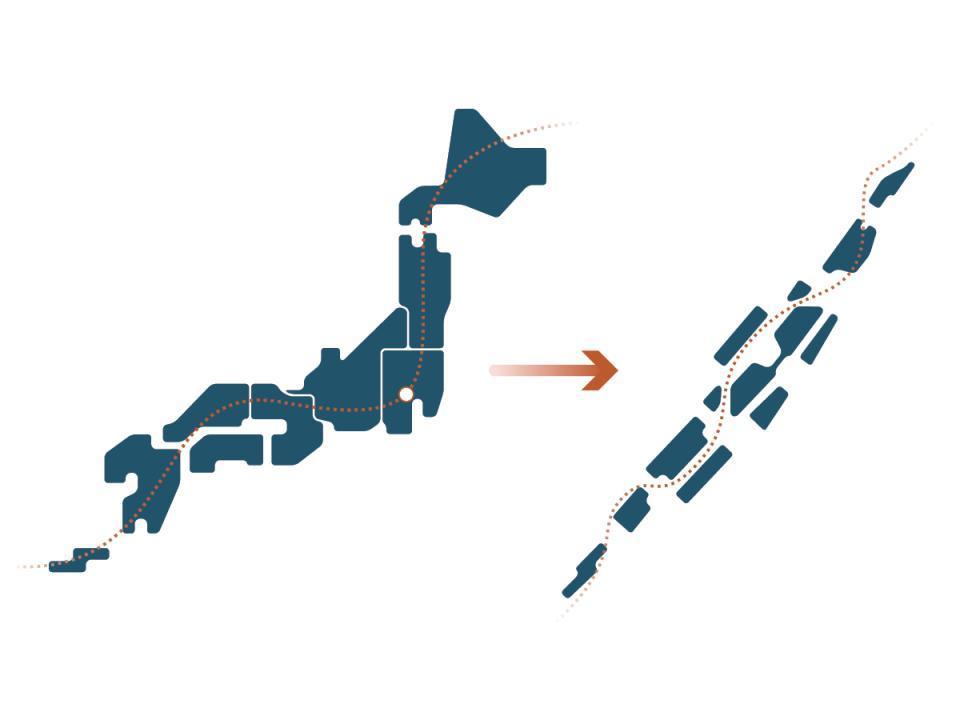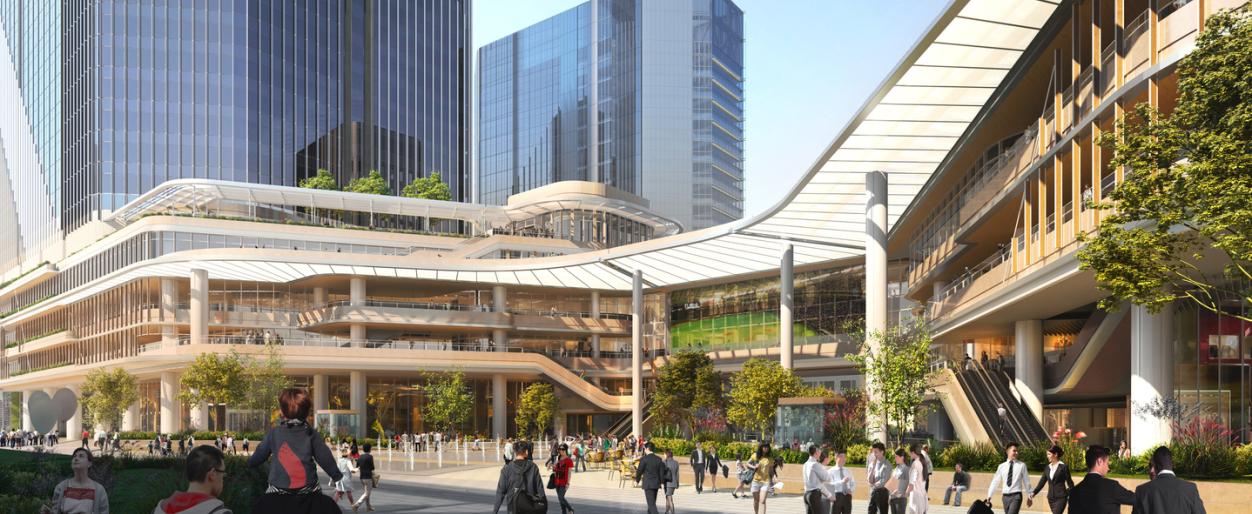Master Planning for the Cities of Tomorrow
A thoughtfully-designed city and its master plan can wield transformative influence over a community, shaping its very heart and soul. In undertaking the master plan of a future city or community, we explore how best to redefine urban landscapes and to create thriving, sustainable communities. Pickard Chilton is committed to advancing the design of future city master planning, with a focus on fostering mixed-use sustainable developments and innovative urban spaces.
Mixed-Use and Synergistic Programming
Over the past decade, the concept of the "15-minute city" has increasingly drawn the attention of urban planners worldwide. This new planning model envisions a community where all daily needs are within a short walk or bike ride, nurturing vibrant, sustainable neighborhoods and reducing dependence on cars. For a master plan to flourish as the new heart of a city, it needs to prioritize a diversity and depth of programming. This includes a rich tapestry of restaurants, entertainment venues, retail establishments, and a spectrum of housing options.
Yet, it is not just about the buildings themselves. We must also create public spaces that offer a balance between introspective natural retreats and expansive parks that unite communities. For our design of 2+U in Seattle, we elevated the tower by 85 feet to yield a sheltered urban public space. This transformation has fostered public gatherings, concerts, and pop-up performances, forging stronger community bonds.
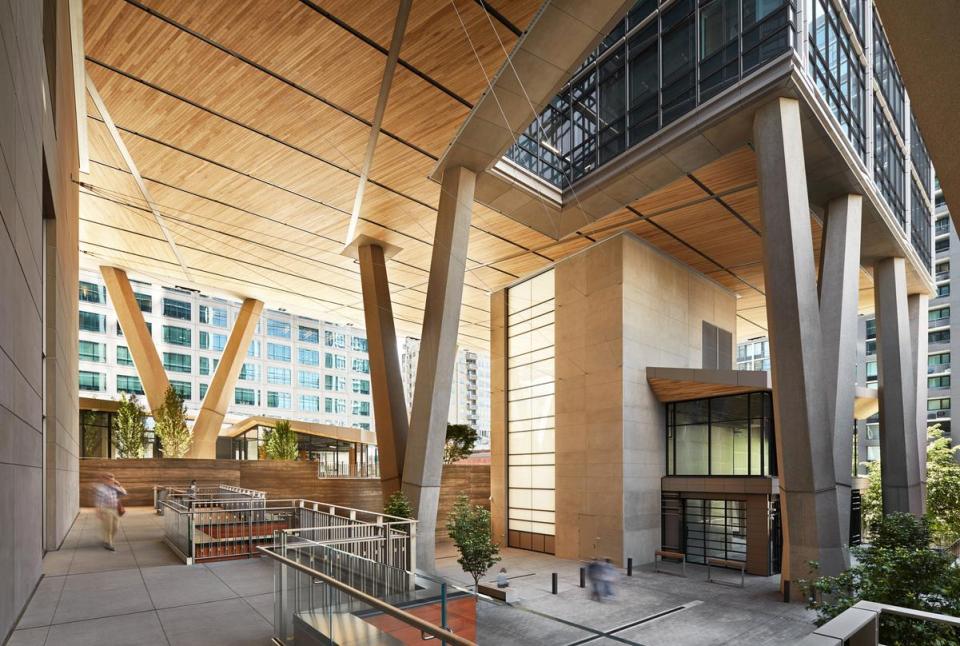
An Active Streetscape
In the future city, the pedestrian experience will reign supreme. To achieve this, our urban planners emphasize the creation of a publicly accessible and active ground-plane, fostering a safe and welcoming environment. We prioritize spacious walkways that encourage people to engage with their surroundings and connect with their neighbors.
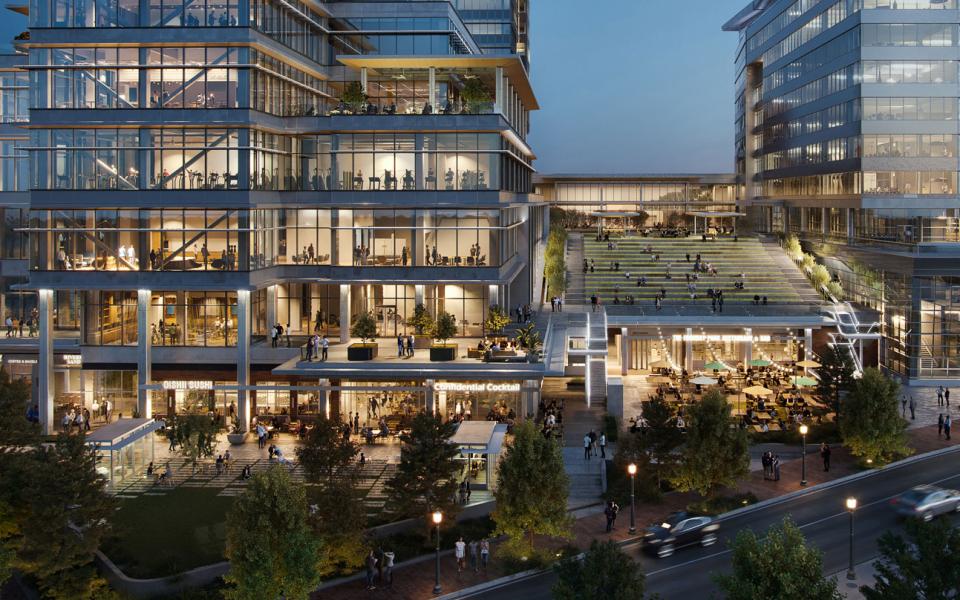
The Equitable City
Addressing the pressing issues of our time, future cities must prioritize affordable housing, access to safe amenities, and proximity to workplaces. Our master plans champion a sliding scale of living situations, ensuring that affordable housing does not feel like a lower-class option compared to luxury condos. Moreover, equitable lighting plays a pivotal role in creating safe public areas.
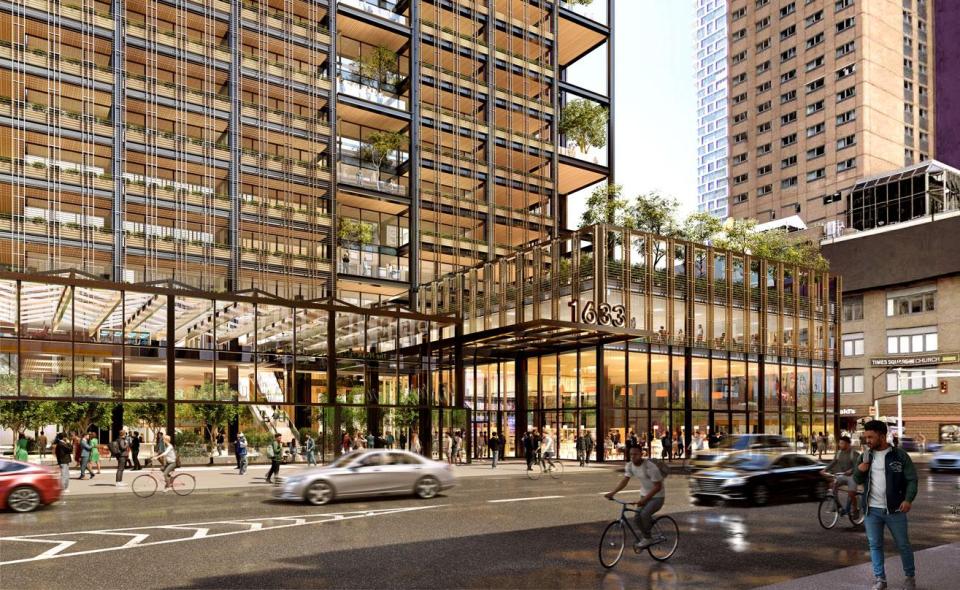
Founded on Sustainability
Sustainability forms the bedrock of the future city. Takanawa Gateway City integrates below-grade infrastructure to harness geothermal energy. Rainwater harvesting and gray water treatment systems further reduce the environmental footprint. To enhance future adaptability, we construct buildings with material circularity in mind, embracing sustainable practices that promote efficient reuse and material conservation.
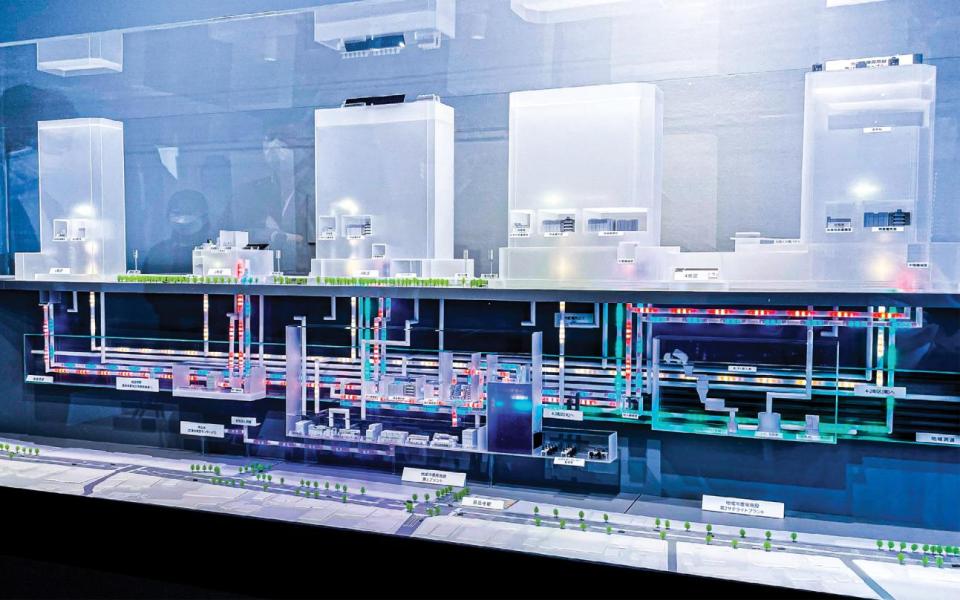
Revitalizing Existing Infrastructure
The future city leverages existing public infrastructure for maximum efficiency. In projects like 2+U and 250 and 290 Binney Street, our designs seamlessly integrate with existing bike lanes. This not only taps into well-traveled cycling routes but also incorporates ride-up valet bike parking and bike repair stations. Takanawa Gateway City takes a similar approach, revitalizing the area around Takanawa Station and capitalizing on the well-developed public transit network.
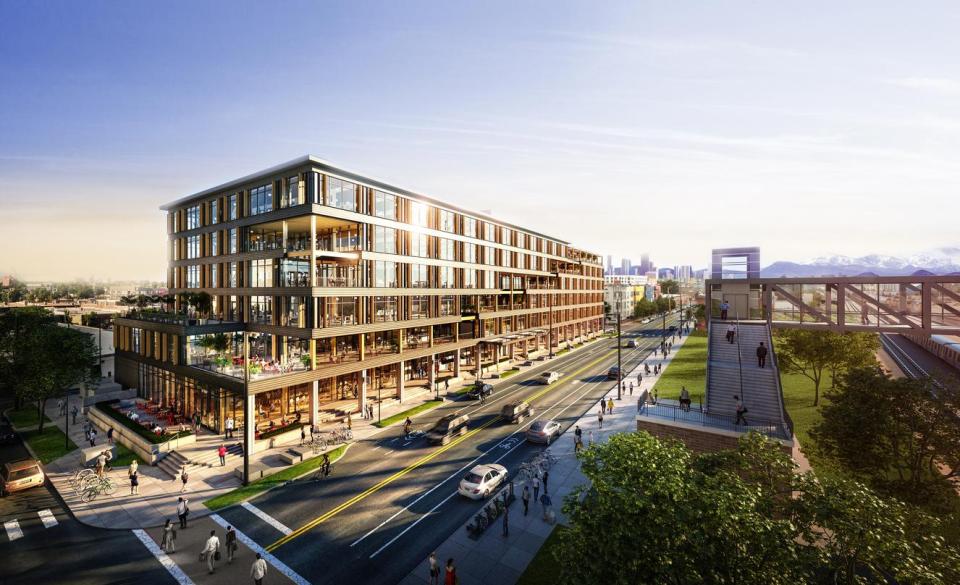
The Mobile City
A future city must offer a spectrum of accessible mobility options. While the 15-minute city emphasizes safe walkways and bike paths, it should also include underground and above-ground transit as well as easy access to air travel. Consider our exploration of the future of travel in the Uber Sky Tower study, where we envisioned an efficient transportation mode enabling 1,000 departures per hour.
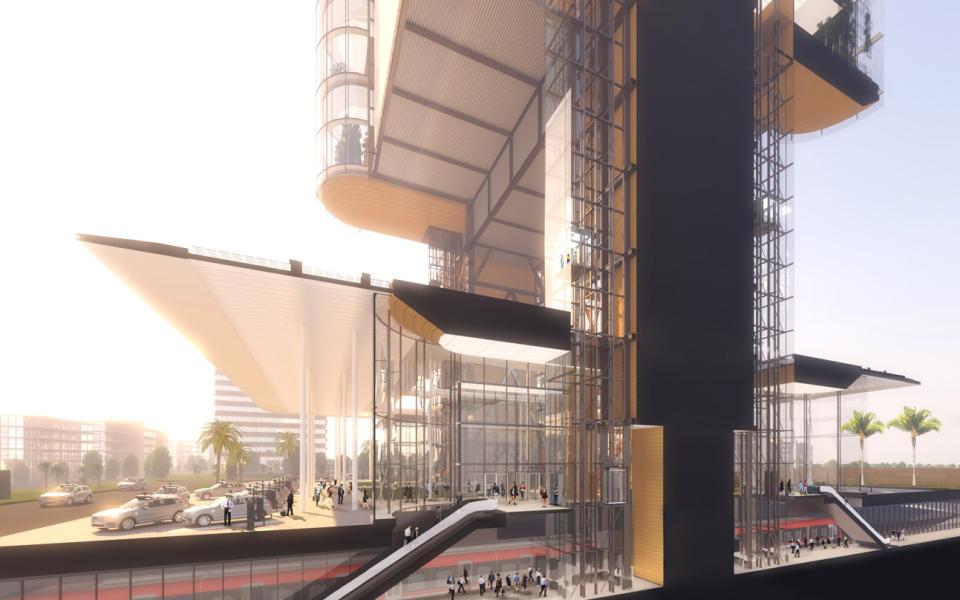
The Identity of the City
Finally, a master plan possesses the power to forge a distinctive identity for the city. By acknowledging the community's history and site-specific characteristics, and through thoughtful programming, a vibrant public realm and a strong sense of community can crystallize around the development.
Future city master planning holds the key to creating sustainable, vibrant, and equitable urban communities. Pickard Chilton is dedicated to pushing the boundaries of urban design to unlock the full potential of our cities.
